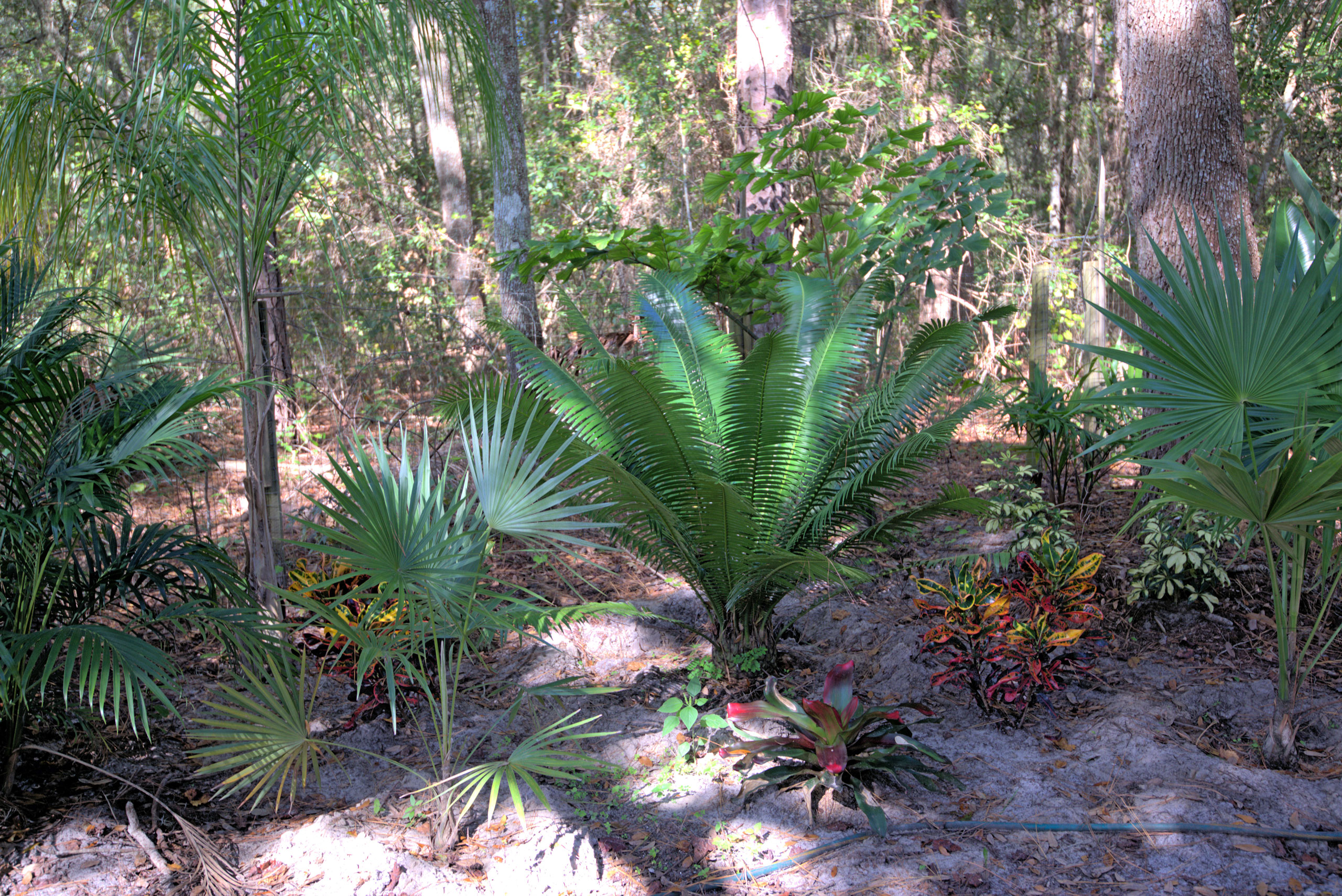Here at SJBGNP, we observe the species maintained for signs of invasiveness. When juvenile plants of cultivated species appear spontaneously in the vicinity of the parent plant, it is considered to have invasive potential. When juvenile plants of a cultivated species appear outside of the immediate vicinity of a cultivated plant, it is also considered invasive. Many seeds are spread by birds, squirrels, raccoons, opossums, and even turtles!
Florida recognizes two categories of invasive plants. Category I: Plants that alter plant communities by displacing native plants, changing community structures or ecological functions, or hybridizing with natives. Category II: Invasive exotics that have increased in abundance or frequency, but have not yet altered Florida plant communities.
At the time of this writing, NO SPECIES OF PALM IN FLORIDA IS LISTED AS CATEGORY I. Several species are listed as Category II. These include: Coconut Palms, Mexican Fan Palms, Chinese Fan Palms, Queen Palms, Bismarck Palms, Solitaire Palms, Clumping Fishtail Palms, Bamboo Palms, Arikury Palms, and the Senegal Date Palm.


